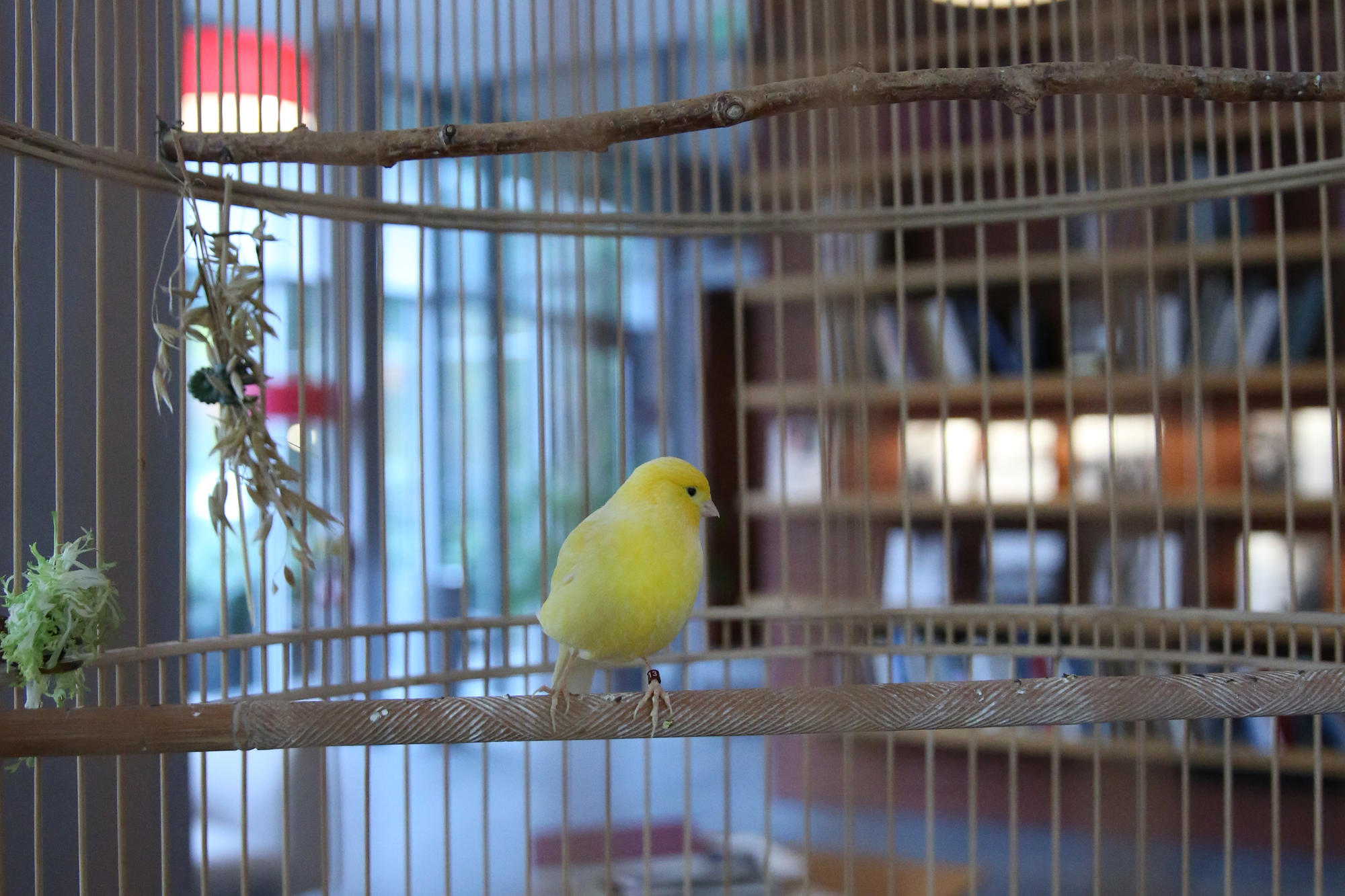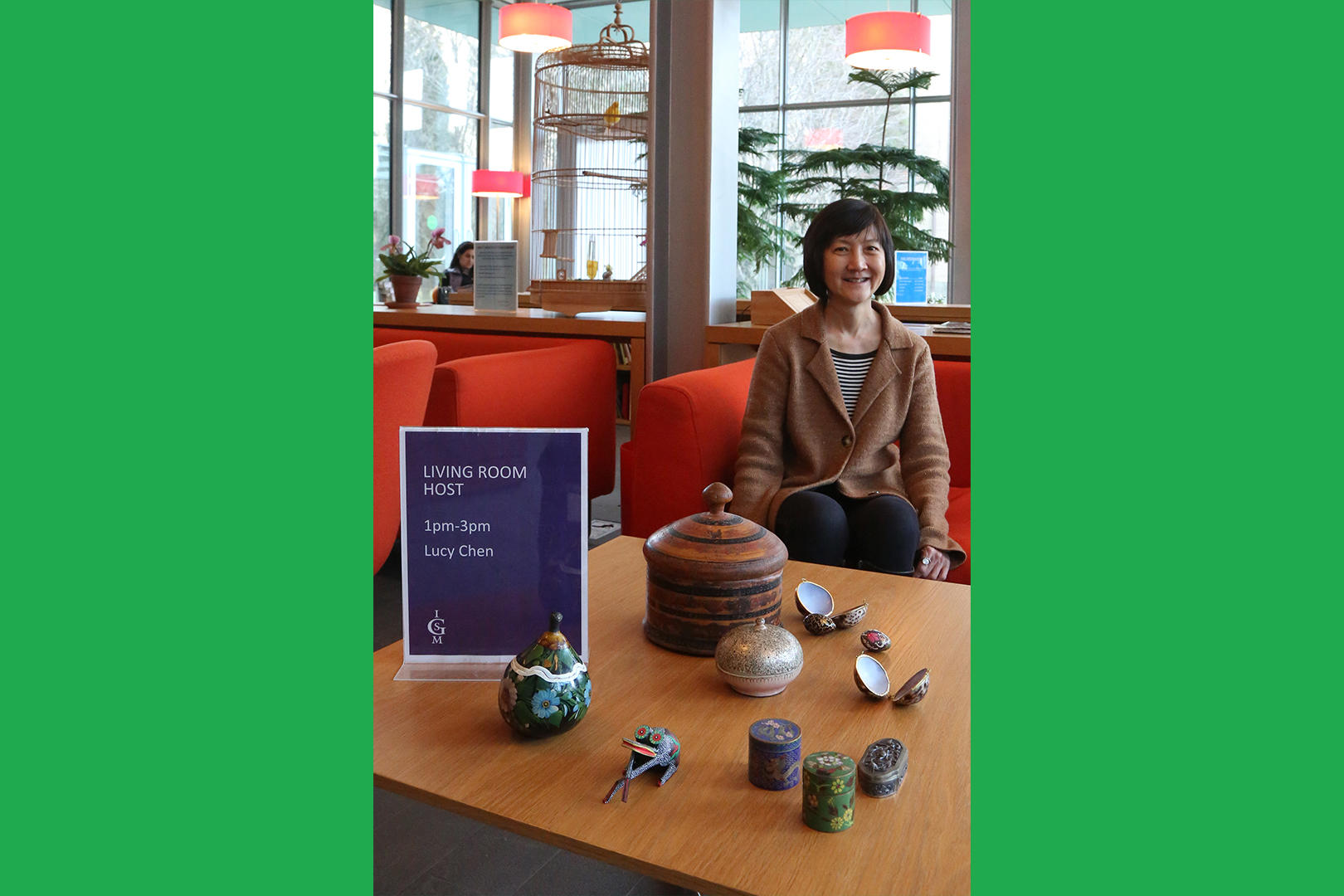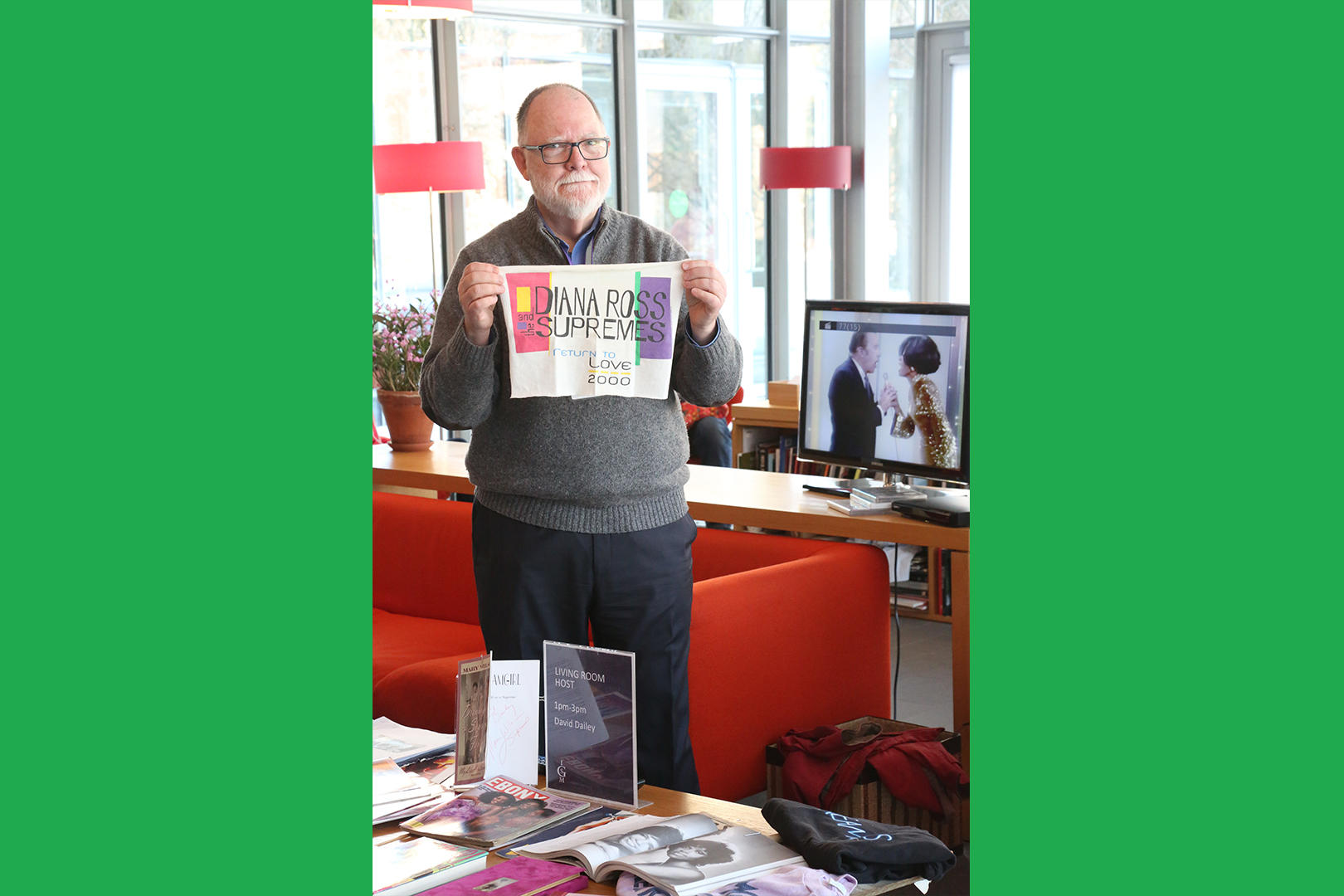What is The Living Room Project?
The Living Room Project is a work by Artist-in-Residence Lee Mingwei that debuted at the Museum in 2000. It was inspired by Isabella Stewart Gardner's collection and hospitality. In creating this project—in which participants are invited to bring a collection of theirs to share at the Museum—Lee wanted to explore why Isabella was compelled to amass her collection, and wanted to encourage others to talk about their own collections.
Who is Lee Mingwei?
Lee Mingwei is known for making art that creates opportunities for interpersonal exchange around ordinary human events or activities—admiring an object, making conversation, or writing a letter to a friend or family member. You may remember his work, Sonic Blossom, which was presented in the Courtyard as part of our Fall 2019 exhibition, In the Company of Artists.
Prior to arriving at the Gardner, his work The Dining Project, which he presented at the Whitney Museum of American Art in 1997, involved the creation of a dining area in the galleries, where he served a meal to a visitor after the museum closed for the day. He also created a work, Small Conversations, which was also presented in the Courtyard as part of our 2017 exhibition, Listen Hear: The Art of Sound.

Residency
Lee Mingwei was the 25th Artist-in-Residence at the Gardner Museum when he arrived in 1999. During his residency, he devoted his time to experiencing the galleries and Courtyard, as well as looking through archival materials. Early on, Lee became interested in the role that Isabella had played as a hostess and an interpreter of her collection. He also wished that he could ask her directly what inspired her to collect the objects she did.
Thus, The Living Room exhibition was conceived. The piece was his response to Gardner’s desire to welcome people into her Museum and to foster intimate interactions with art: perhaps, he thought, by asking others what inspires them to collect, one might get a sense of what inspired Isabella.
The Living Room
When The Living Room opened on February 19, 2000, the Special Exhibition Gallery was filled with furnishings, plants, live birds, and refreshments, with the intent of giving visitors the opportunity to participate in conversation and hospitality, which Lee perceived as a vital part of life at Fenway Court during Gardner’s lifetime.
For several days, Lee shared objects in the The Living Room that were special to him. Acting the part of host, he invited visitors and staff to spend time in the room, relaxing and discussing the articles on display, sharing personal experiences, musing on new and old aesthetics, and on the values reflected in the Museum.

Gardner's Hosts
Lee also invited volunteers to participate in the project and become hosts of The Living Room themselves.
I believe that the essence of this museum does not reside merely in its architecture and objects, but also in its staff and extended family, who make this place function as a living organism on a day-to-day basis. By carrying on the organic process of sharing and entertaining, the Museum regains its role as more than a mausoleum for inanimate, exotic objects.
Gardner Visitors
The Living Room exhibition was a resounding success. “When I arrived at The Living Room,” Matthew Sussman wrote, “not only was I greeted with the pleasant aroma of coffee and shortbread, along with the sounds of an Italian concerto, but the host for the day personally introduced himself and invited me to make myself comfortable. As I browsed through his art objects—books on Egyptian philosophy, sheet music by Maurice Chevalier, cheap miniature sphinxes—I overheard the conversations of other patrons as they indeed discussed their ideas about the art they had seen that day. [...] The Living Room fosters an atmosphere in which visitors feel comfortable to comment and question—exactly the kind of environment conducive to aesthetic discovery.”

The Living Room Today
Because of the deep impact The Living Room exhibition had on the Museum in 2000, Lee Mingwei was invited back to help design a room in the soon-to-be-constructed New Wing, inspired by his project.
Mingwei suggested that the room have three distinct zones: one for social interaction, one for discreetly hovering and observing other interactions in the room, and one for being self-aware and contemplating the past by looking out at the Jordan Garden and the Palace. The Gardner’s famous canary, Whistler, now resides in the Living Room because birds were featured in the original installation in 2000.
A Place to Make Connections
In 2012, when the New Wing opened to the public, Lee returned to be a host on opening day. Since then, guest hosts have come two days a week to bring personal objects and connect with visitors through personal stories. Over 500 people have hosted the Living Room, further strengthening the connection between the Museum and its visitors.
Where I grew up, parents teach you: 'Don’t talk to strangers.' That advice is okay if you are a wandering child on a public street. If you are sitting in the Living Room, though, you are most likely surrounded by friends or relations of some sort—even if you don’t know them by name.
Learn More

Working with Artists
Learn more about the living artists who work with the Museum

Artist-in-Residence Joan Jonas
Listen to Joan Jonas discuss her 2019 exhibition, I Know Why They Left

In the Company of Artists
This book provides a comprehensive history about our Artists-in-Residence program, and ships free from Gift at the Gardner!






















